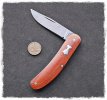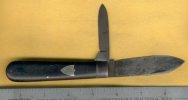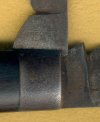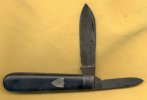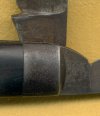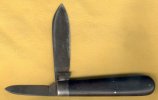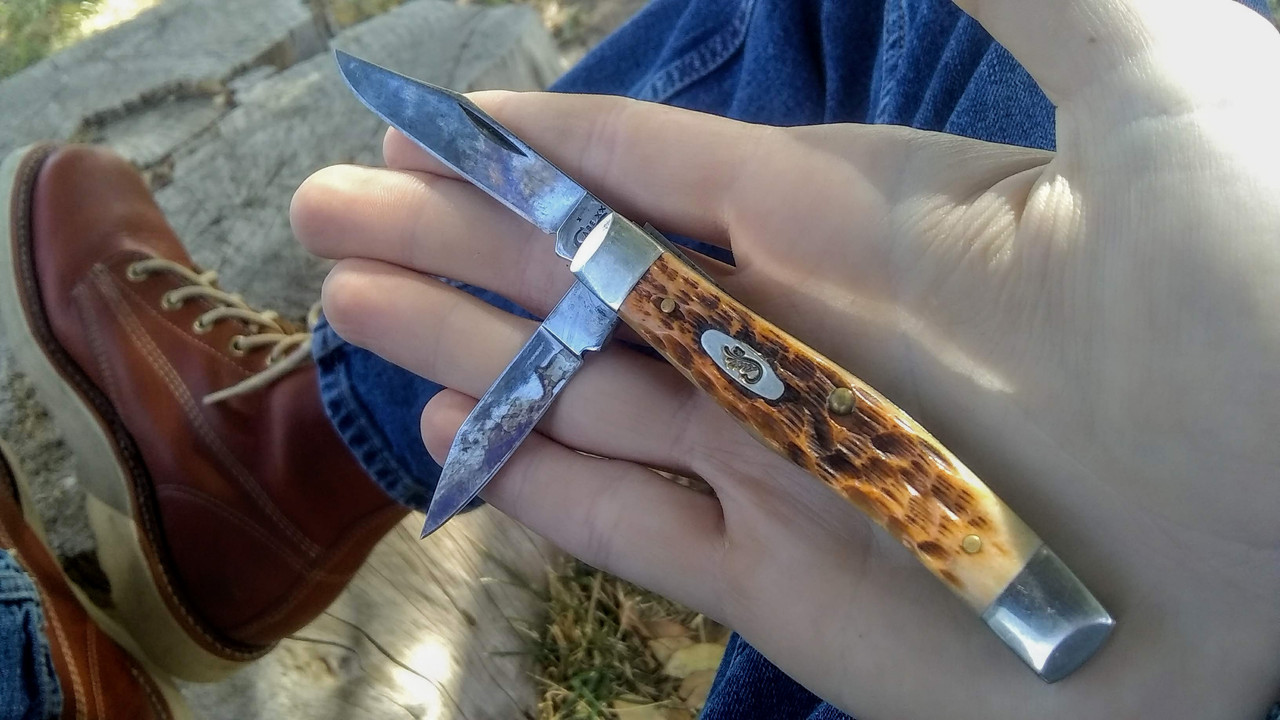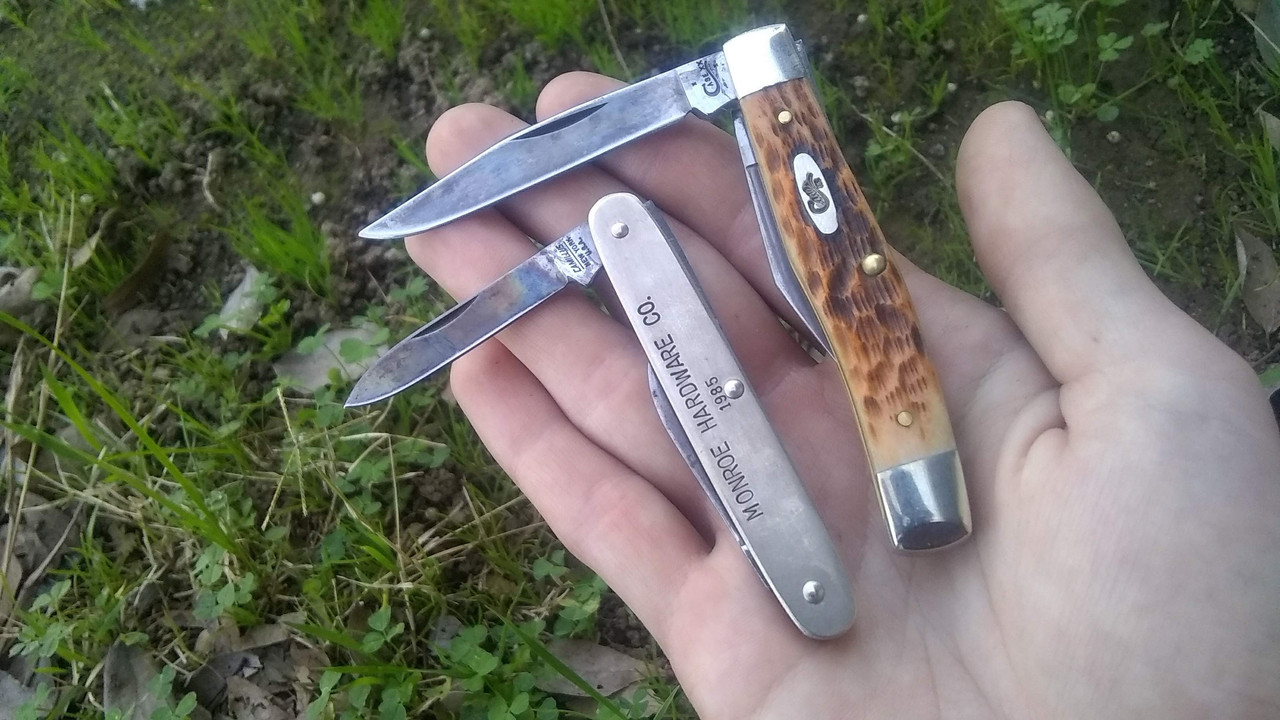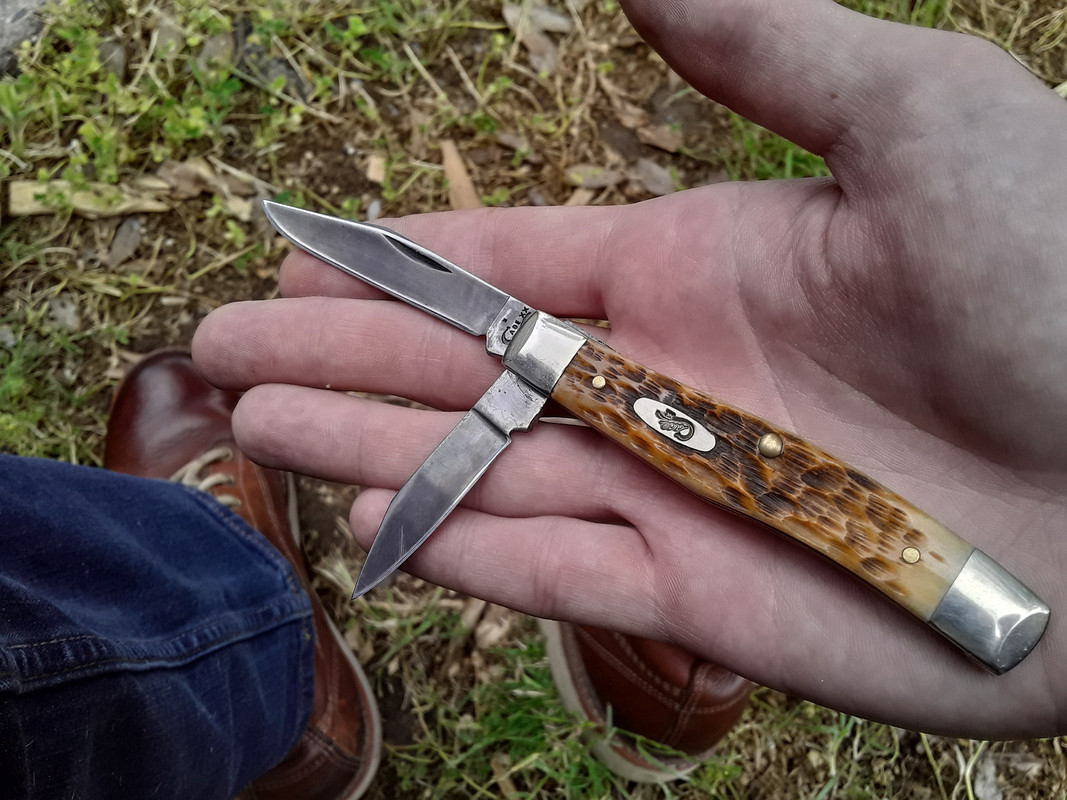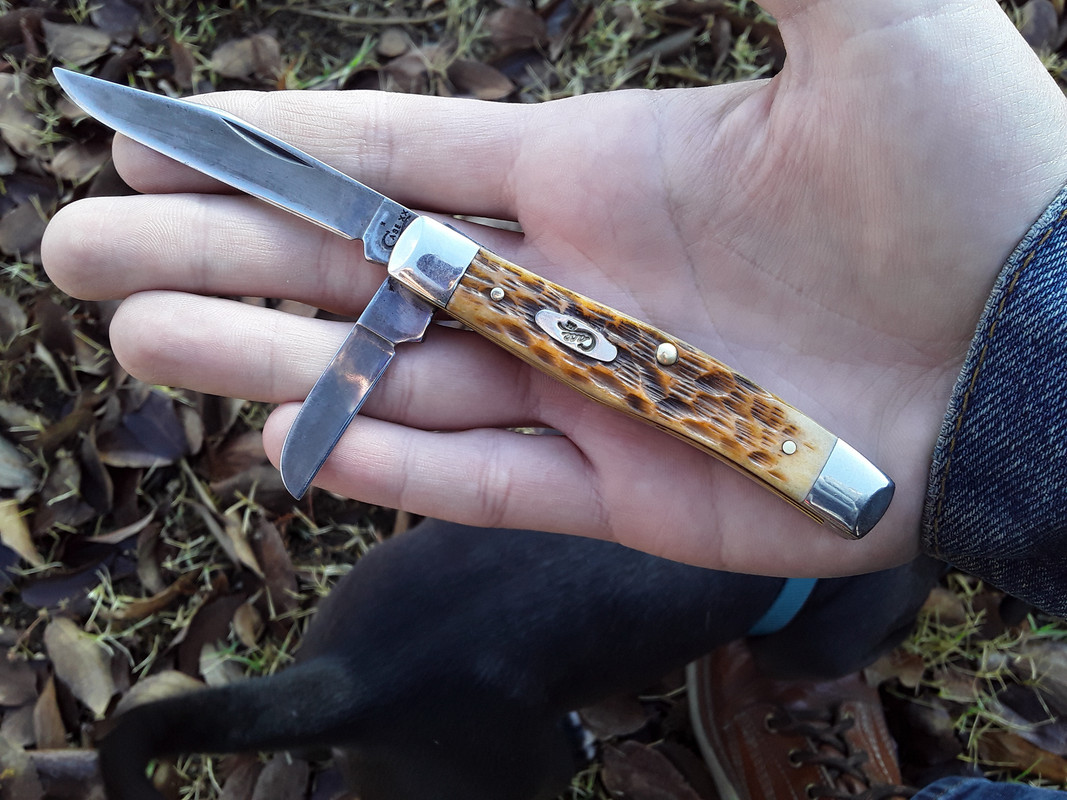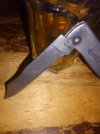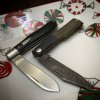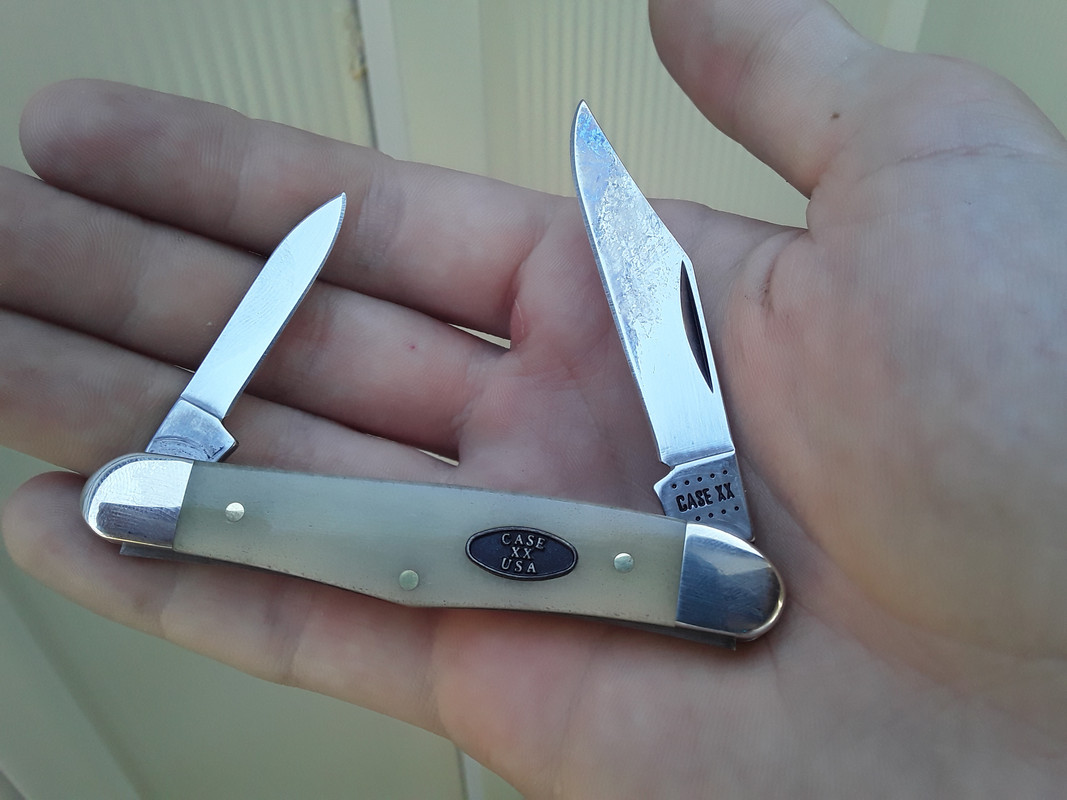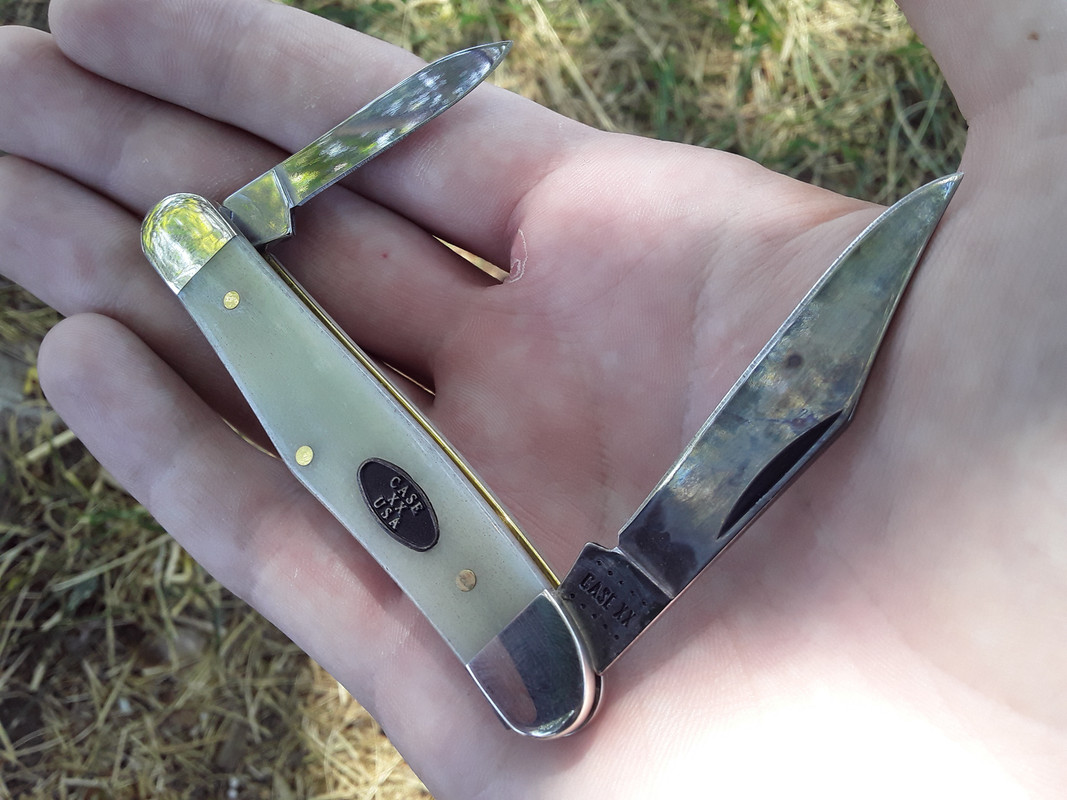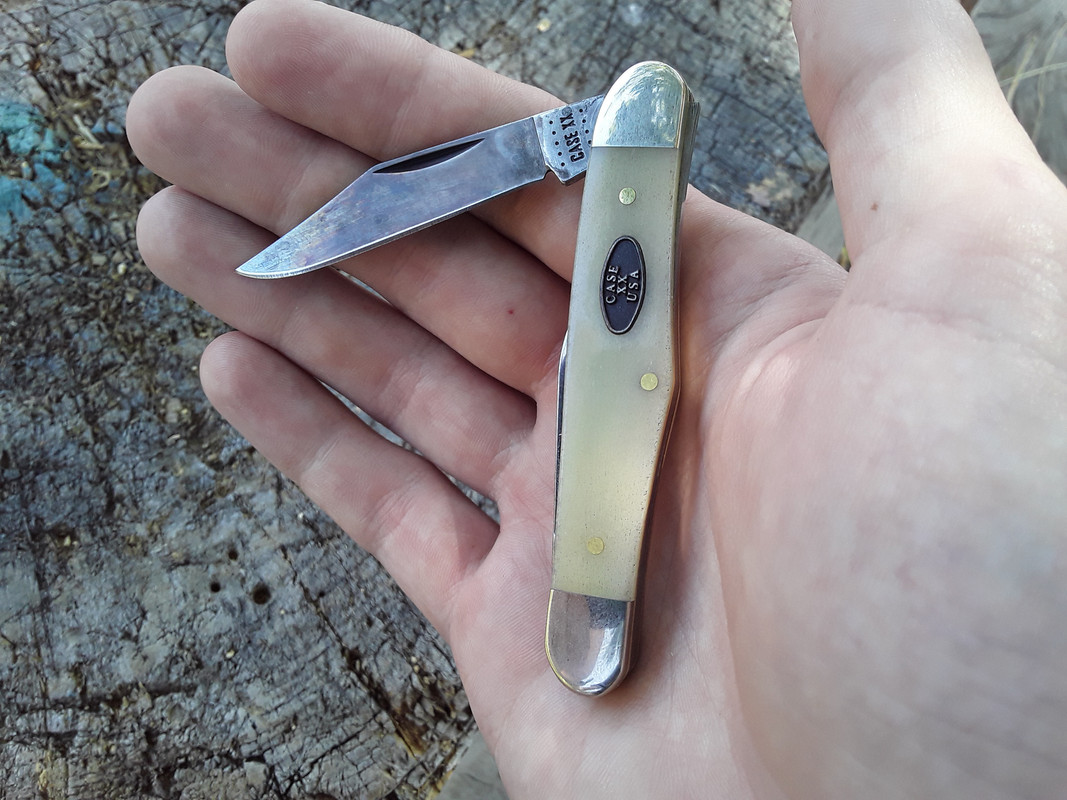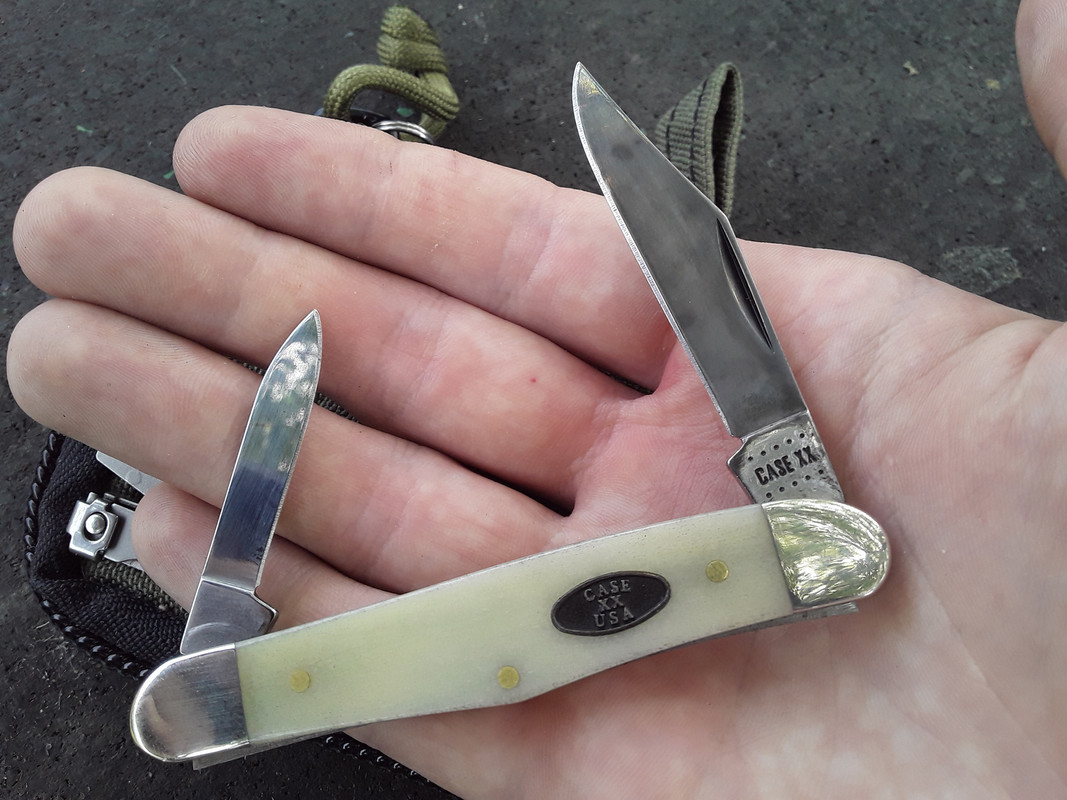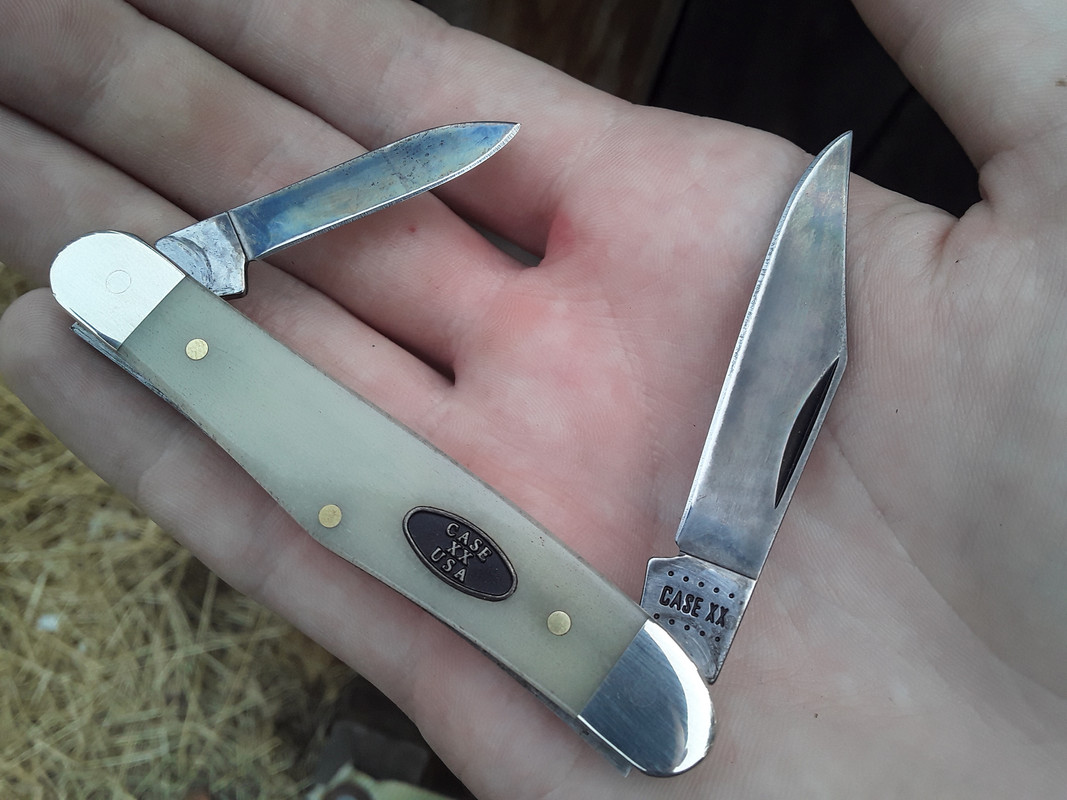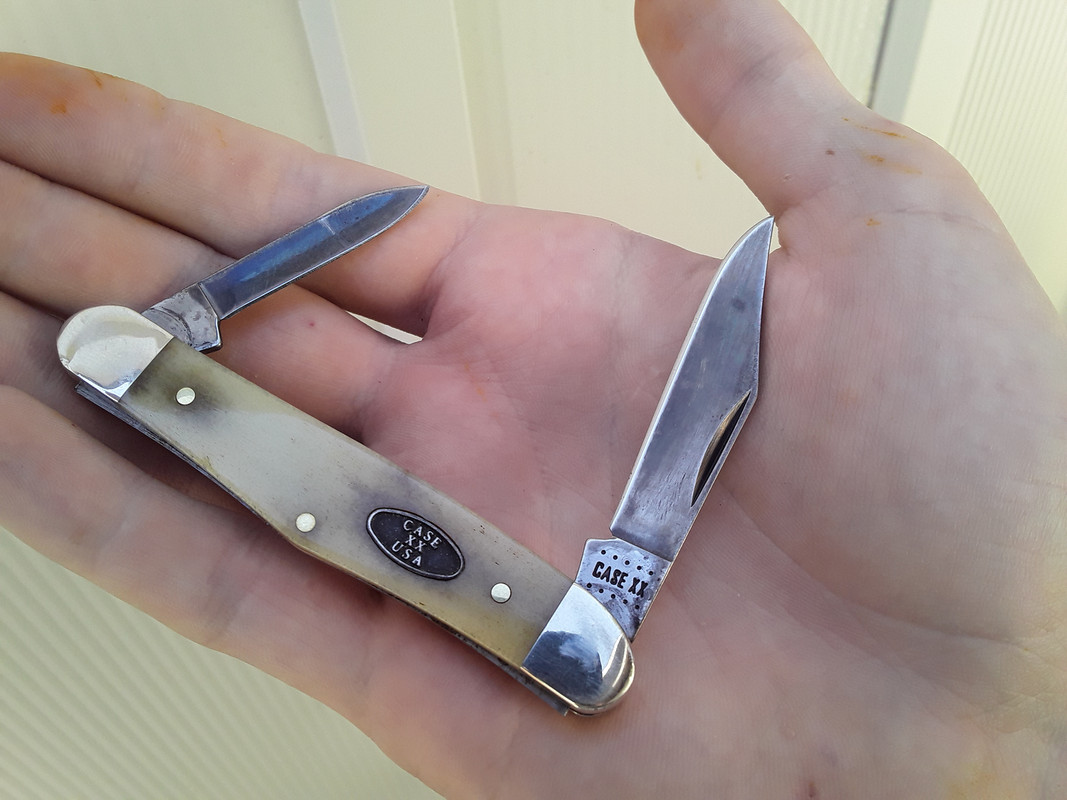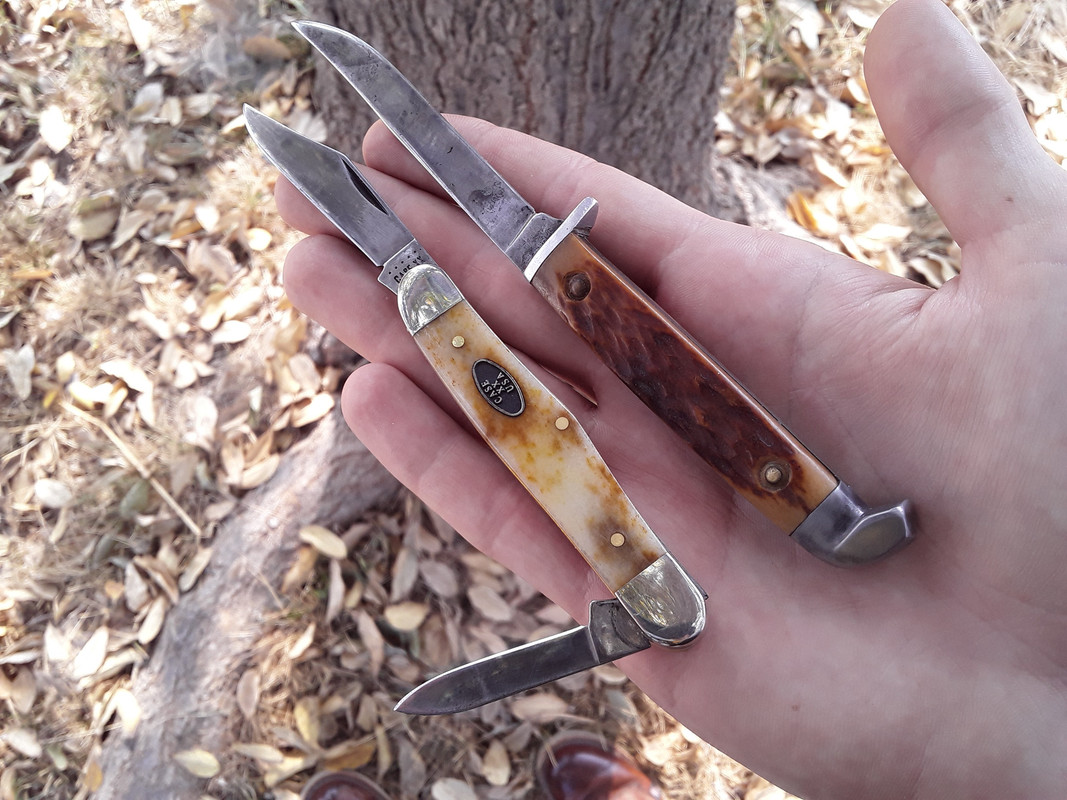Forced patina isn't always smooth-looking, and natural patina isn't always splotchy.
How it looks after the fact depends so much upon how the patina was formed, and not depending specifically on whether it was forced or not, or occurred naturally or not. In other words, if it was 'forced' to look smooth & even or, as with many 'creative' methods, forced to create a splotchy look. Many forced patinas are done to create a patterned or 'splotchy' look, as with mustard applied in a pattern. And many natural patinas end up looking very even & uniform. An old blade that's been carried a lot, but not necessarily used to cut acidic or corrosive materials, can develop a beautiful, even grey patina, simply by exposure to the air over many, many years.
And the line between 'forced' and 'natural' gets blurred too. If I knowingly 'force' a deliberate patina by slicing up some acidic fruit or cutting into a well-seasoned steak in the course of fixing & eating a meal, where did the line get crossed, between forcing it or letting it just happen in normal use?
And on knives that get used after initially forcing a patina, the original patina will morph into something completely different over time, with each new exposure to anything acidic or corrosive. So, whether it was forced initially or not, it ends up being essentially moot anyway.
For me personally, the initial forcing of a patina is mainly geared to giving the blade a leg up, in reducing it's vulnerability to rust out of the gate. Sort of like applying a coat of varnish or urethane to a new piece of furniture, to protect the wood. The finish will color the wood in a sort of 'unnatural' way at the beginning. After that, time and use will take their toll on the finish, leaving much more 'character' to be seen in the wood, and often for the better, as compared to how it started out.



